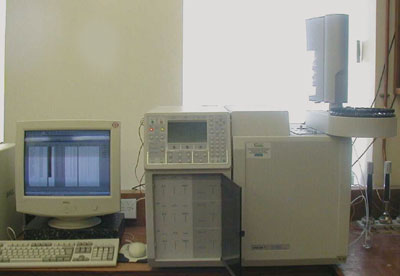| 2006 |

|
YEAR BOOK |
Teagasc, Dairy Products Research Centre, Moorepark, Fermoy, Co Cork
|
Lipolysis in Cheddar cheese
|

Both protein and carbohydrate metabolism and degradation have been extensively studied, but very little research has been undertaken to investigate the role of lipolysis (fat degradation) in the flavour of Cheddar cheese. This was mainly due to the low levels of lipolysis in comparison to other varieties. Although intact dairy fat does not contribute directly to flavour or aroma, it can have a major influence through the production of free fatty acids (FFA) and their catabolic products as a result of lipolysis. These compounds can be perceived at low concentrations (parts per million) and thus have the ability to influence the sensory character of even a moderately lipolytic cheese, such as Cheddar.
Studies at MFRC have concentrated on determining the sources and factors influencing lipolysis in Cheddar cheese. Levels typically vary between 900 and 1800 mg FFA per kg of cheese, but often cause rancidity above ~2500 mg per kg. However, it also appears that the sensory perception of the products of lipolysis are influenced by the extent of proteolysis. The indigenous milk lipase, lipoprotein lipase appears completely inactivated by pasteurization (72�C � 15 sec). Starter lactic acid bacteria were found to be the prime lipolytic agents in Cheddar cheese. The levels of FFA in milk increase with stage of lactation and therefore are highest in cheeses made from late lactation milk. Moderate levels of lipolysis over ripening, do not appear to be due to a lack of enzyme activity, but rather a lack of availability and/or access to suitable fat substrates.
Contact: Dr Kieran Kilcawley,
Tel 025-42245
E-mail: [email protected]